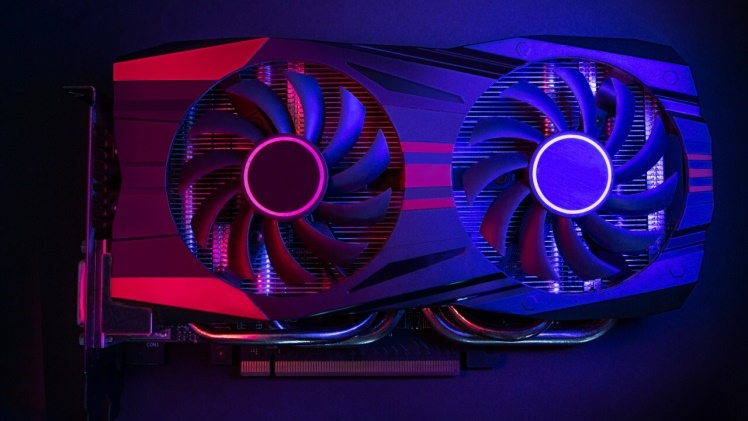If you are a computer user, it’s important to know what graphics hardware you have installed on your system. This information can be useful in several situations, such as when upgrading your computer or troubleshooting issues with video playback or gaming performance. In this article, we will guide you through the process of checking your graphics hardware on Windows, Mac, and Linux operating systems.
While Tuya’s lower-than-expected valuation might give funders a chance to pause and reflect.
Checking Graphics Hardware on Windows
There are several ways to check your graphics hardware on a Windows system, and we will cover the most common methods below.
Device Manager
The Device Manager is a built-in utility in Windows that displays information about the hardware installed on your system, including the graphics card. Here’s how to access it:
Press the Windows key + X and select “Device Manager” from the menu. If you want to get more information visit manytoon.
Expand the “Display adapters” category by clicking on the arrow next to it.
Your graphics card model will be displayed. Double-click on it to see more information, such as the driver version, status, and more. If you want to get more information visit magazinepaper.
DirectX Diagnostic Tool
The DirectX Diagnostic Tool is a built-in utility in Windows that can help diagnose issues with graphics and sound on your computer. Here’s how to use it to check your graphics hardware:
Press the Windows key + R to open the Run dialog box.
Type “dxdiag” and press Enter.
The DirectX Diagnostic Tool will open. Click on the “Display” tab to see information about your graphics card, including the name, manufacturer, and driver version. If you want to get more information visit slbux.
Third-party System Information Tools
There are several third-party system information tools available for Windows that can provide more detailed information about your graphics hardware, as well as other components of your computer. Some popular options include CPU-Z, GPU-Z, and Speccy. If you want to get more information visit bahisturk.
Checking Graphics Hardware on Mac
Mac users can check their graphics hardware using the built-in System Information utility. Here’s how to access it:
Click on the Apple menu and select “About This Mac.”
Click on the “System Report” button.
In the left-hand menu, select “Graphics/Displays” to see information about your graphics hardware, including the name, chipset, and VRAM.
Checking Graphics Hardware on Linux
The process of checking graphics hardware on Linux can vary depending on the distribution you are using. Here are some common methods that should work on most Linux systems:
lspci Command
The lspci command is a utility that displays information about all PCI buses and devices connected to your system, including your graphics card. Here’s how to use it:
Open a terminal window.
Type “lspci | grep VGA” and press Enter. If you want to get more information visit skillpage.
The command will display information about your graphics card, including the name, chipset, and vendor.
Lshw Command
The lshw command is another utility that can display detailed information about your computer’s hardware, including the graphics card. Here’s how to use it:
Open a terminal window.
Type “sudo lshw -C display” and press Enter.
The command will display information about your graphics card, including the name, chipset, and driver.
Conclusion
In conclusion, checking your graphics hardware is an essential task that every computer user should know how to do. By following the steps outlined above, you can easily find out what graphics hardware is installed on your system and use this information to troubleshoot issues or upgrade your computer. Whether you’re using Windows, Mac, or Linux, there are several built-in and third-party utilities available that can help you check your graphics hardware quickly and easily.

